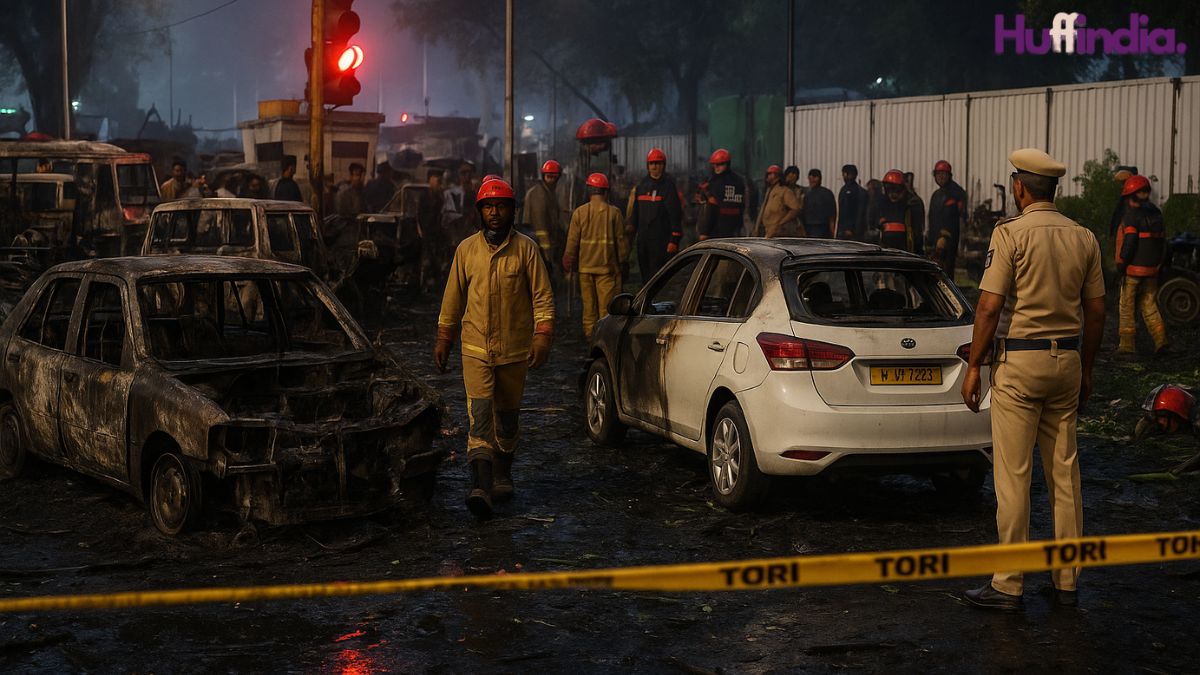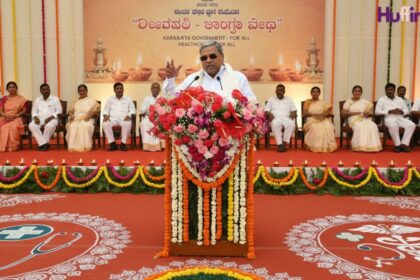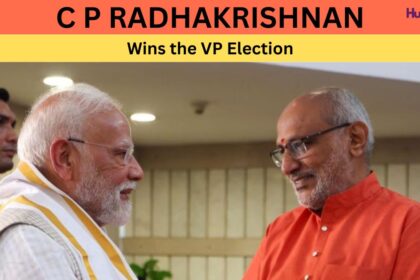Red Fort blast investigations took a significant turn this weekend as new CCTV trails, digital evidence, and forensic findings helped investigators piece together a clearer timeline of the events leading up to the November explosion near the iconic monument. What initially appeared to be a low-intensity disruptive act is gradually shaping into a more complex case that may involve coordination, structured planning, and multiple individuals.
As the probe progresses, the implications of the Red Fort blast are becoming more pronounced, affecting security protocols across the capital.
The investigation into the Red Fort blast also raises the question of how similar threats can be prevented in the future.
The blast, which occurred close to one of India’s most historically and politically important locations, instantly triggered national concern. The Red Fort isn’t just a tourist attraction—it’s the symbolic stage for India’s Independence Day address and one of the most heavily monitored areas in Delhi. Any attempt to target its surroundings raises immediate questions about security vulnerabilities and possible motives.
CCTV footprint reveals key movements
Investigators have now reviewed footage from more than 50 CCTV cameras, tracking suspect Umar un-Nabi across several neighbourhoods in north Delhi. Sources familiar with the probe told reporters that Umar appeared to switch between two mobile phones and even stopped briefly at a local tea stall shortly before the explosion.
In light of the Red Fort blast, experts are urging a reevaluation of existing security strategies around historical sites.
This latest development in the Red Fort blast case complicates matters further, demanding thorough investigations.
Experts believe these actions indicate deliberate attempts to mask his movements or bypass digital monitoring. “Switching devices in short intervals is a classic counter-surveillance behaviour,” a senior law-enforcement official, who requested anonymity due to the sensitive nature of the case, explained.
Ammunition discovery adds new layer to the probe
One of the most striking findings so far has been the recovery of 9mm cartridges from the blast site. These are generally used by security forces and are not easily accessible to the public. No corresponding weapon, however, was found.
This mismatch has sparked two key theories:
Such incidents, like the Red Fort blast, highlight the ongoing challenges of maintaining safety in crowded urban environments.
Following the Red Fort blast, collaboration between various security agencies has become more crucial than ever.
The investigation into the Red Fort blast is revealing alarming trends in urban security.
These technological assessments are critical in the wake of the Red Fort blast.
- The cartridges were planted to mislead investigators, or
- An accomplice escaped the scene before security personnel could secure the area.
In response to the Red Fort blast, community vigilance has taken on new importance.
Forensic teams from the NSG and FSL are analysing chemical residues and debris to determine the precise nature of the explosive. Early indications suggest a low-intensity device designed for visibility rather than casualties. Still, experts warn that even a symbolic attack near such a high-value landmark is a serious breach that warrants a deeper security review.
Digital investigation expands
Officials are now reconstructing Umar’s last 72 hours using a mix of digital footprints—metro travel logs, payment data, call records, and IP traces. His background as a former Delhi University student is also under scrutiny, particularly in relation to any potential ideological leanings or online associations.
Investigators are carefully examining encrypted chats, cloud backups, and deleted files to understand whether he acted alone or with direction from a larger network. “The digital audit will be crucial. It often reveals links that physical evidence alone cannot,” a cybersecurity analyst familiar with the case said.
The aftermath of the Red Fort blast serves as a wake-up call for security measures nationwide.
Security tightened; residents cautious but cooperative
The Red Fort neighbourhood witnessed heightened patrols and layered barricades following the explosion. Locals have expressed concern but praised the swift response by authorities. Many residents reported cooperating with door-to-door questioning and identity checks.
Political leaders across parties condemned the attack and called for updated security protocols around national monuments. Discussions have already begun on implementing AI-driven surveillance systems, predictive monitoring, and drone-based perimeter patrols around high-risk landmarks.
Public urged to avoid speculation
Authorities have appealed to citizens not to circulate unverified video clips or speculative theories online. Rumours, they say, could hamper the investigation and trigger unnecessary panic. Officials assure that credible updates will be shared once key forensic results and digital analyses are complete.
What’s next in the investigation
With layers of evidence still being processed, investigators believe the next few days will be critical. If digital traces confirm the presence of handlers or financial links, more arrests could follow. The probe is now widening beyond Delhi to neighbouring states to track the origin of the explosive material and ammunition.
For now, the Red Fort blast continues to underscore the importance of constant threat assessment and infrastructure security in India’s capital. Authorities remain confident but cautious, committed to revealing the full scope of the conspiracy. The Red Fort blast has prompted a nationwide dialogue about security vulnerabilities and response strategies.


























